Tea Ceremony
Tea Ceremony is a Nishiki-e print, realized in the late 19th Century by the Japanese master Utagawa Kunisada, best known as Toyokuni the third (1786-1865).
Signed with stamps, this original print consists of three single sheets (36.5 x 26 cm each) joined together.
Good conditions, except for some signs of age, slight maintenance defects and lightly faded or browned parts.
Tea Ceremony is a Nishiki-e print, realized in the late 19th Century by the Japanese master Utagawa Kunisada, best known as Toyokuni the third (1786-1865).
Signed with stamps, this original print consists of three single sheets (36.5 x 26 cm each) joined together.
This original print represents a group of people drinking tea, a scene taken from the"Genji Junikagetsu No Uchi". The Genjie isa genre of Ukiyo-e depicting scenes from Murasaki Shikibu's most important ancient novel " Genji Monogatari " (Tale of Genji )". The original story was born in the tenth century at the time of Heian. In the 19th century at the time of Edo, the story was modified slightly to disclose it to the population and was published with ukiyoe drawings. Utagawa Kunisada is therefore committed to illustrating this story with its prints.
The Genji are not only representations of novels, but also depictions of the seasons or illustrations of 12-month calendars. The series is called " Twelve Months of Genji (Genji junikagetsu no uchi) the 12 months of Genji. This print is from the Moutou period, the beginning of winter, or October of the ancient calendar, from mid-November to the beginning of the present December.
Good conditions, except for some signs of age, slight maintenance defects and lightly faded or browned parts.
The technique used for this artwork is the Nishiki-e , a type of Japanese multi-colored woodblock printing invented in the 1760s, and perfected by the printmaker Suzuki Harunobu. A Nishiki-e print is created by carving a separate woodblock for every color, and using them in a stepwise fashion. An engraver by the name of Kinroku is credited with the technical innovations that allowed so many blocks of separate colors to fit together perfectly on the page, in order to create a single complete image.
Utagawa Kunisada, also known as Utagawa Toyokuni III (1786 - 1865) was one of the most famous designers of Ukiyo-e woodblock prints from Japan in the 19th century. Burn Sumita Syogoro, at the age of 15-16 years became a part of the Utagawa Toyokuni's family and in 1844 he took the male of the master Toyokuni.
Collect More Japanese Artworks On Wallector.com







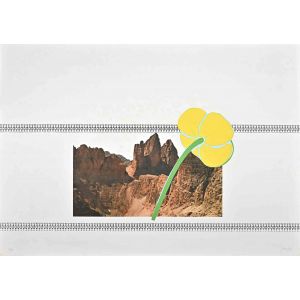
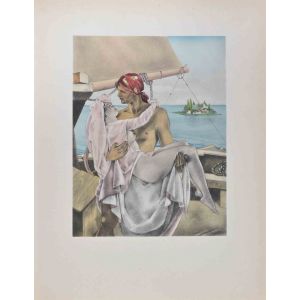
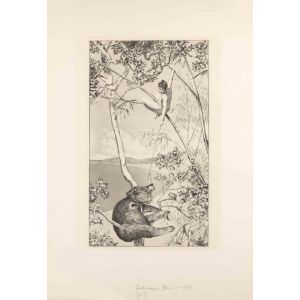
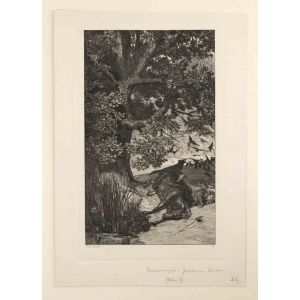
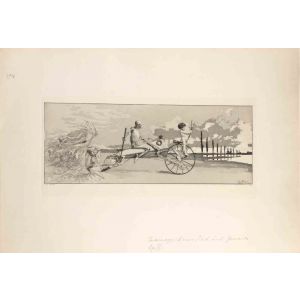
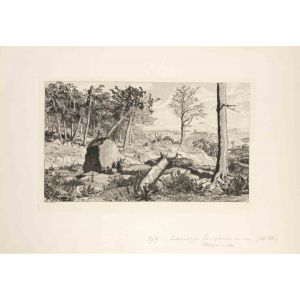
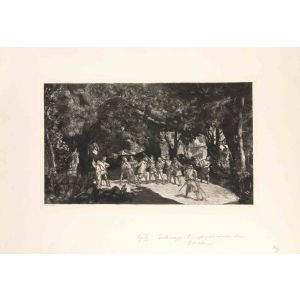
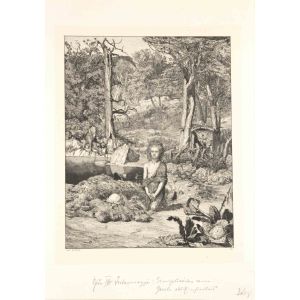
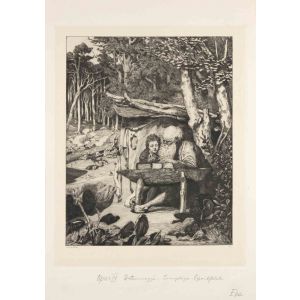
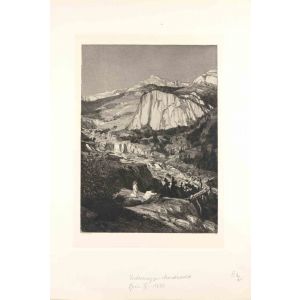

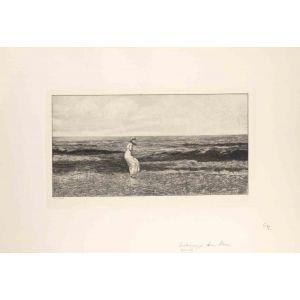
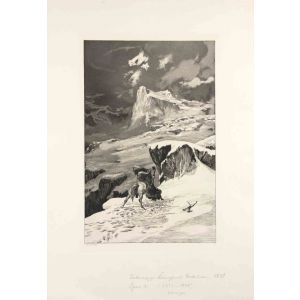


























Validate your login
Sign In
Create New Account